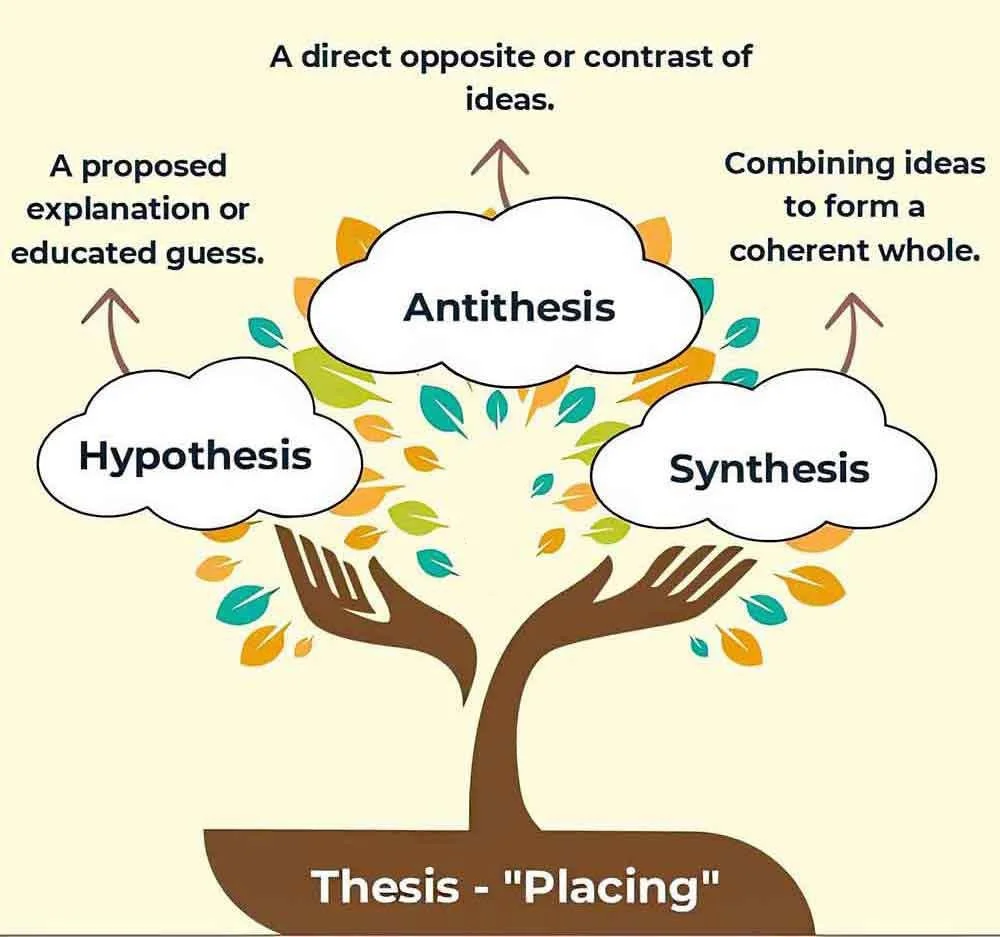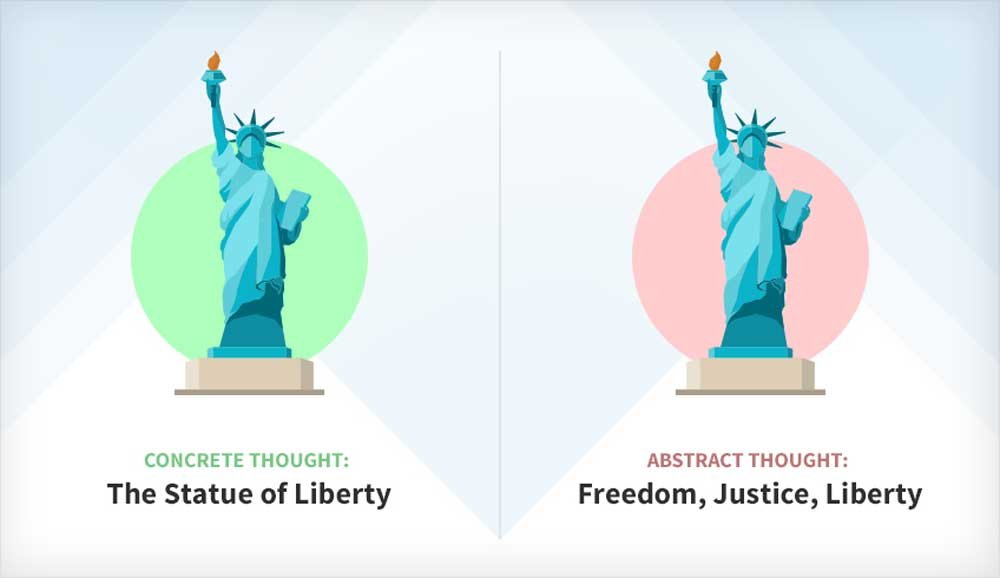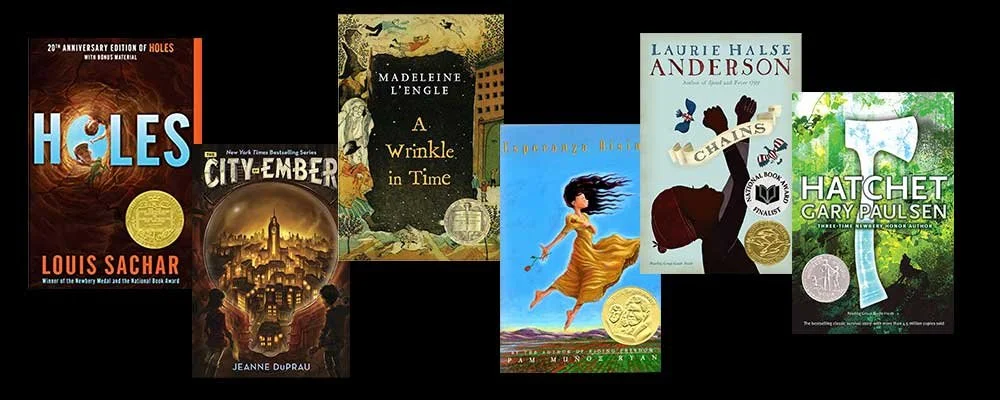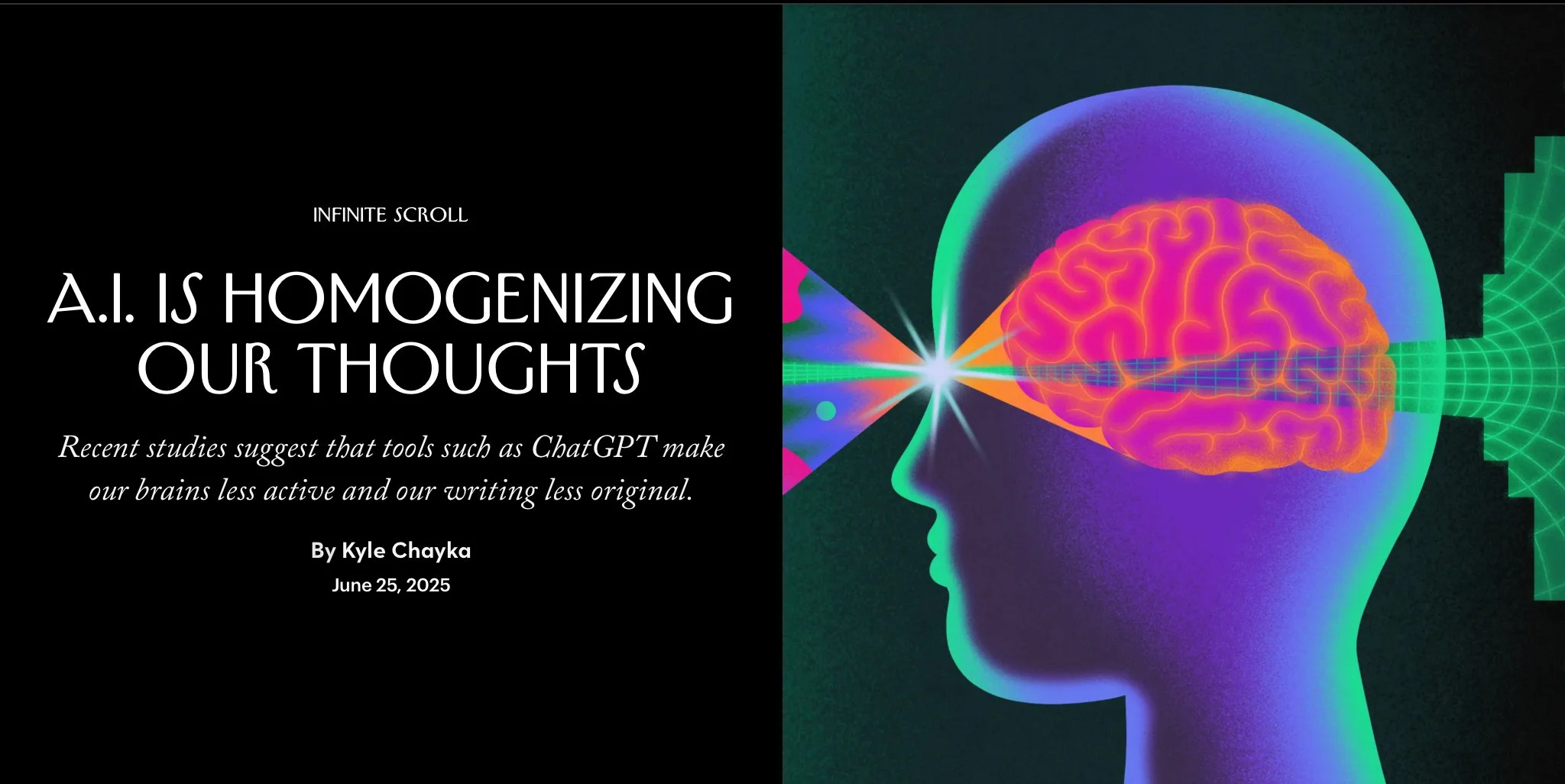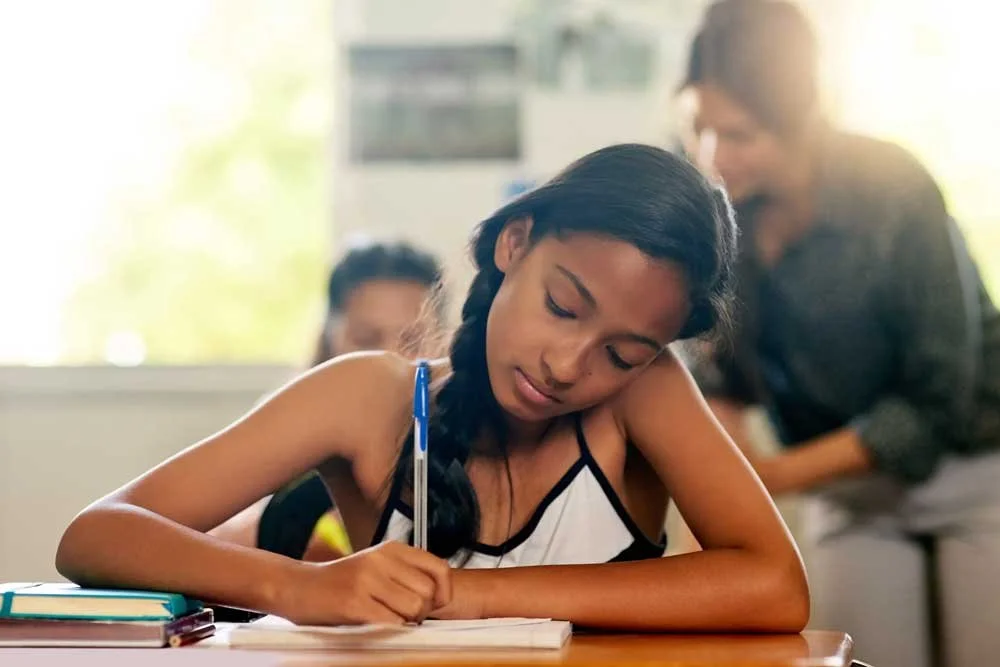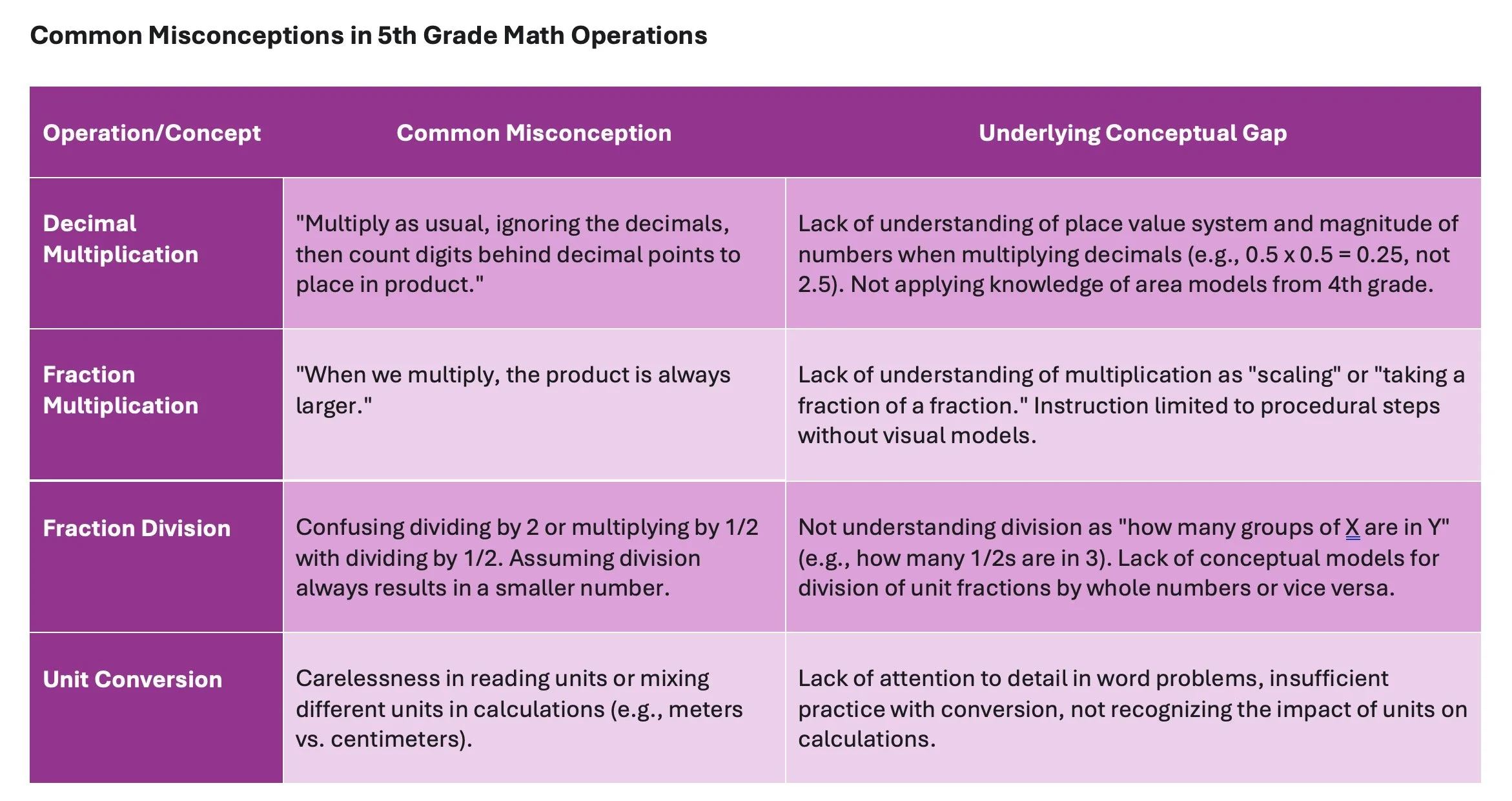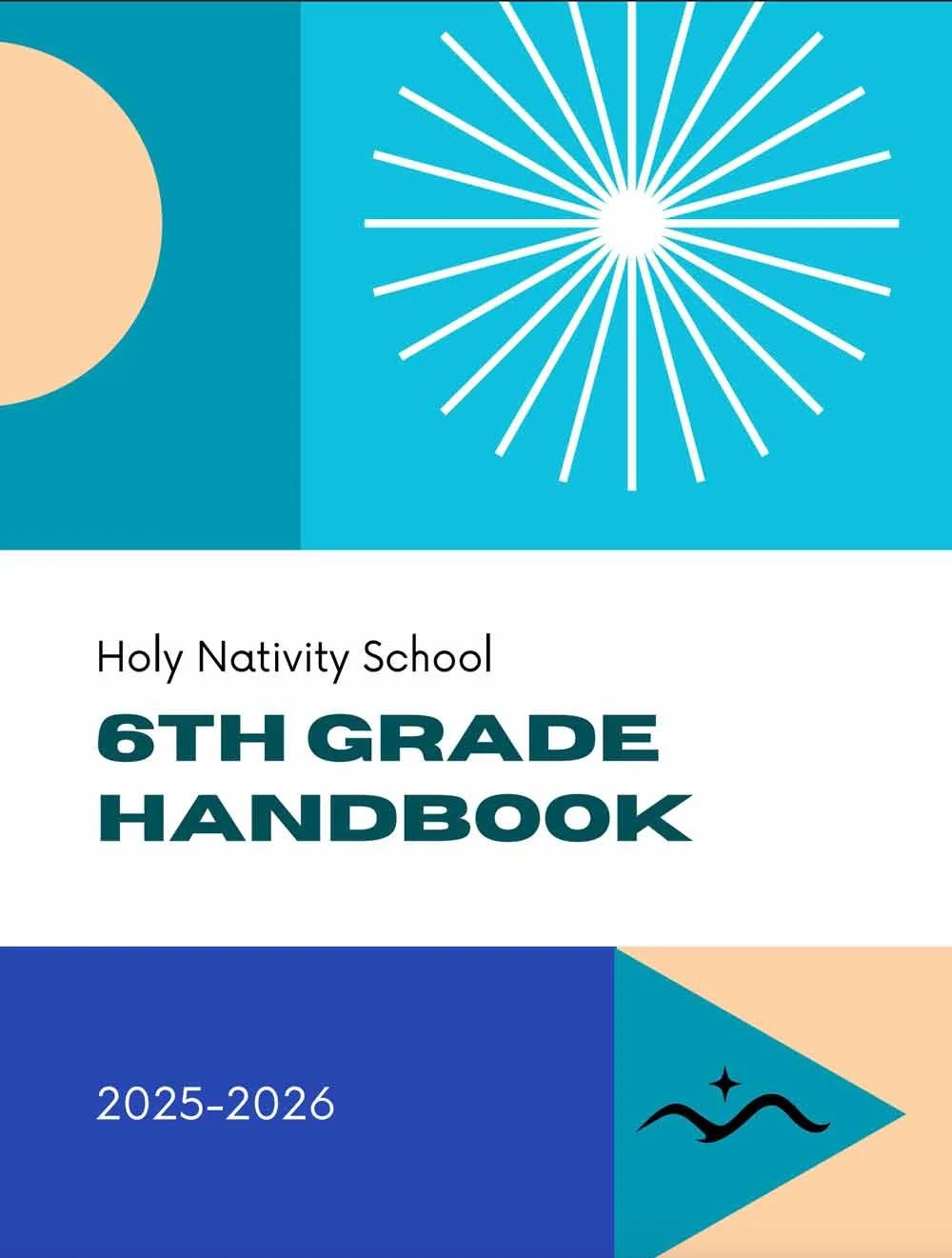◼︎ ANCiENT HISTORY
▶︎ AT AGE 10, Dr. Cat —
Moved from California to England
Was challenged academically for the first time
Discovered that challenging academic work was deeply satisfying! Joyful in fact!
Thrived — “I am eternally grateful" to those masters (teachers) who expected — demanded — my very best.”
◼︎ RECENT HISTORY
▶︎ AT his now ancient age, Dr. Cat —
Noticed how much the HNS 6G students matured in SY 2024-2025
Was truly impressed at their academic & emotional growth — as well as their leadership
Wished to actively support HNS’s life-enhancing upper-elementary offering
Moved from 2G to 5G
Believes every 5G student should stay through 6G & take advantage of this once-in-a-lifetime trajectory
◼︎ BIG PICTURE 1.0
▶︎ A FOCUS on LEARNING —
Learning > Grade anxiety
Joyful learning > Burdensome learning
Self-initiated learning > Imposed-by-an-adult learning
▶︎ CLASS CULTURE —
Learning = “I don’t know it yet” >> “Now I know it!”
ALL student questions & inquiries welcomed — No heat-seeking missiles (from teachers or classmates)
High expectations, not unreasonable expectations — Everyone works her/his learning edge
Best effort is expected — What are you going to do today and for the rest of the week?
◼︎ BIG PICTURE 2.0
▶︎ of grades & standardized ASSESSMENT
Grading
Grading must support learning & student engagement, or it is counter-productive
Thus, “everything” will not be graded!
If we wish to assess “dividing one fraction by another” we will assess this AFTER the skill has been introduced, understood & practiced, not during the learning phase
For assignments such as reading/writing homework, students will know when they are being graded & will know the grading rubric
Rubric example here (scroll to beneath 5G class schedule)
If your student is doing his/her best, s/he will easily earn an “A” for classwork
We are already impressed by the quality of 5G work
Standardized assessment
We will also routinely use “standardized assessments” to track progress as compared to a nationwide peer group
These assessments will not be part of an in-class grade
Teachers & parents will use this information for context, considering additional support, etc.
Initial assessments suggest there’s not much to worry about! We will share early findings at our first Parent Teacher Conferences (Sept. 12th) but not before
◼︎ BIG PICTURE 3.0
▶︎ WE WILL BE DOING A LOT OF —
Reading (fiction & non-fiction books & articles)
Writing (including writing about science, social studies & more)
Mathematics
◼︎ BIG PICTURE 4.0
▶︎ WE WILL ALSO FOCUS ON —
STEM Coding (aka planning, thinking logically, problem-solving, etc.)
STEM Oceanography
HNS Maui May 2026
▶︎ PLEASE NOTE —
Science ≠ entertainment
Science ≠ “doing experiments” (it’s so much more)
◼︎ BIG PICTURE 5.0
▶︎ WE WILL ALSO FOCUS ON history
“History is who we are and why we are the way we are” — David McCullough, American historian
“History gives answers only to those who know how to ask questions" — Hajo Holborn, German-American historian
"A generation which ignores history has no past and no future" — Robert Heinlein, American author
“If you want to understand today you have to search yesterday" — Pearl S. Buck, American novelist
“History is a vast early warning system" — Norman Cousins, American journalist
“Those who do not remember the past are condemned to repeat it" — George Santayana, American philosopher
“If you don’t know history, it’s as if you were born yesterday. If you were born yesterday then any leader can tell you anything" — Howard Zinn, American historian
“History is wrtten by the victors” — debated origins
“There is no history of mankind, there is only an indefinite number of histories of all kinds of aspects of human life” — Karl Popper, Austrian-British philosopher
“Those who don’t know history are doomed to repeat it" – Edmund Burke, an Anglo-Irish politician, journalist & philosopher
◼︎ BIG PICTURE 6.0
▶︎ WE WILL EMPHASIZE —
Thinking
From either/or > to > both/and
From right/wrong > to > creative perspectives & solutions
◼︎ BIG PICTURE 7.0
▶︎ THE DEAL
▶︎ Home WORK —
1.5 hours of homework Monday - Thursday
60 min reading + writing (topics will include science, social studies & more)
30 min mathematics
▶︎ Home REWARD —
No homework Friday, weekends, holidays or breaks
◼︎ 5G: A YEAR FULL OF CHANGES
▶︎ Physical Growth & Hormonal Shifts
Children may begin early signs of puberty, especially girls
Both sexes may experience growth spurts, acne, and/or changes in sleep patterns
• Mo’ 5G CHANGES •
▶︎ Brain Development & Neurology
The 5G brain is undergoing a “second wave” of remodeling
White matter (nerve insulation) increases steadily
Gray matter peaks & then refines through pruning
Executive function gains
Growth in the prefrontal cortex
Better attention, planning & impulse control emerge
The balance between emotional drives (from the limbic system) & rational thought is still maturing
This may lead to impulsive or emotional moments
• Mo’ 5G CHANGES •
▶︎ Hormonal & Social Influences
Rising puberty hormones heighten brain sensitivity
This “node of new plasticity” makes children more responsive to learning
But also more vulnerable to stress or negative experiences
Friend groups, peer acceptance & social norms grow in importance.
Children become more self-aware, emotionally sensitive & may begin romantic or platonic relational experiments.
• Mo’ 5G CHANGES •
▶︎ Cognitive Shifts & Thinking Patterns
Growing ability to think logically and use rules for planning, classification, analogies & early abstract reasoning
Improved metacognition
Children begin to monitor their own learning & reflect on how they solve problems
Yet abstract thought is still developing
Purely symbolic or hypothetical thinking can still feel unfamiliar or uncomfortable
• Mo’ 5G CHANGES •
▶︎ Emotional & Psychological Development
“Teens in the making”: children may display —
Emotional intensity, mood swings
Stronger reactions to peer approval/disapproval
Self-concept grows sharper
Children assess their own strengths & weaknesses across academic, social & personal domains
Increased ability to use emotion regulation strategies—both problem-focused & emotion-focused coping
• Mo’ 5G CHANGES •
▶︎ Interpersonal & Social World
Relationships shift
Peer friendships become deeper
Platonic loyalty, teasing & inclusion/exclusion dynamics may emerge
Cliques may form & social acceptance carries emotional weight
Children begin exploring identity
Hobbies, group identities, interests
Beliefs about faith & right/wrong may emerge and/or evolve
• Mo’ 5G CHANGES •
▶︎ COMMON 5G ACADEMIC STRENGTHS & CHALLENGES
• Mo’ 5G CHANGES •
▶︎ What This Means for Parents
Support autonomy
Model self-regulation
Prioritize sleep — see below
Watch social dynamics
Encourage emotional expression
Engage with learning
Explore meaning & values
◼︎ WE WILL READ A LOT
▶︎ RESEARCH SUGGESTS READING IS —
The foundation for all academic success
Fuels cognitive growth & critical thinking
Nurtures emotional well-being & empathy
The pathway to lifelong learning & future success
• READ! •
▶︎ upper elementary reading
• READ! •
▶︎ “Fourth grade slump”
• READ! •
While students may have been reading fluently in the early grades they may
suddenly begin to struggle as the reading demands change.
▶︎ WHAT CAUSES “Fourth grade slump”?
Increased text complexity
Greater vocabulary demands
Shift from “learning to read” to “reading to learn”
Students must now:
Understand more academic language
Engage more abstract & nonfiction texts
Infer meaning (instead of relying on pictures or simple decoding)
Read independently across many content areas
For students who haven’t built a deep enough vocabulary or background knowledge, comprehension suffers—even if their decoding skills are solid.
• READ! •
▶︎ 5G INITIATIVES to counter slumps
Build vocabulary
Teach comprehension strategies
Grow background knowledge in science, history & the arts
Keep students motivated & engaged with texts they enjoy & understand
Support transition from “learning to read” to “reading to learn”
Support transition from “more concrete” to “more abstract” thinking
• READ! •
▶︎ SUPPORT TRANSITION FROM “LEARNING TO READ” TO “READING TO LEARN”
• READ! •
▶︎ SUPPORT TRANSITION FROM “MORE CONCRETE” TO “MORE ABSTRACT” THINKING
• READ! •
▶︎ stretch goals
6 class books this year
Many varied non-fiction text
◼︎ LONG-RANGE PLANs
• Long Range Plan (aspirational stretch goals)
◼︎ WE WILL WRITE A LOT
▶︎ BRAIN MATURATION & WRITING
Between the ages of 8 & 18, the prefrontal cortex—the brain's executive control center—undergoes its most rapid phase of maturation
The act of writing serves as an intensive training ground for executive functions:
Judgment
Critical analysis
Inductive & deductive reasoning
The ability to delay immediate gratification for long-term goals
Recognizing complex relationships
Prioritizing tasks
Assessing risks
Organizing thoughts
Creative problem-solving
These are the high-level cognitive abilities that enable individuals to navigate life's complexities, make informed decisions & adapt to new situations
• WRITE! •
▶︎ Writing is not just a “subject”—it’s how children learn to organize thought
In 5G, children are transitioning from basic literacy to advanced reasoning
Writing enables the brain to
Structure information
Distinguish main ideas from details
Recognize logic vs opinion
▶︎ WRITING IS GOOD FOR THE BRAIN —
Proficiency in writing is a cornerstone of academic excellence across all subjects
Strong writing skills do not merely improve communication
They act as a "multiplier" for success across diverse domains
The act of writing brings profound, multifaceted benefits to young, developing brains
• WRITE! •
▶︎ Writing: the Opposite of Scrolling—And Kids Need More of IT
The average preteen now spends 4–5 hours a day on a screen, mostly consuming short, fast-moving content
Writing slows the mind down
Writing builds attention, memory & metacognition—all weakened by hyper-digital media exposure.
• WRITE! •
▶︎ Writing will keep developing brains active!
• WRITE! •
"If kids don’t learn to write now, they’ll either use AI poorly or become dependent on it.
That’s not using technology—that’s being replaced by it."
▶︎ WE WILL NOT RELY ON A.I. —
• WRITE! •
Given the enhanced cognitive engagement and memory retention associated with handwriting,
it is vital to reconsider its role in the learning process
▶︎ IN FACT… we will write by hand!
• WRITE! •
▶︎ FROM “THE NEUROSCIENCE BEHIND WRITING: HANDWRITING VS. TYPING—WHO WINS THE BATTLE?
Handwriting activates a broader network of brain regions involved in motor, sensory, and cognitive processing, contributing to
Deeper learning
Enhanced memory retention
More effective engagement with written material
Research suggests that the act of handwriting may be particularly beneficial for tasks requiring
Critical thinking, analysis
Long-term retention of information
The entire brain was active during handwriting, while much smaller areas were active during typing
Handwriting is associated with greater fluency of communication and higher-quality written output
Children who have not learned to write well may experience difficulties in
Reading
Comprehending the overall meaning of a text
Understanding the context of words and phrases
Mastering spelling
• WRITE! •
▶︎ Writing stretch goals
1 hour of writing by hand each day (classwork + homework)
◼︎ LONG-RANGE PLANS
• Long Range Plan (aspirational stretch goals)
◼︎ IN SUPPORT OR READING & WRITING
▶︎ THE METHOD TO OUR “TEXTS+” ASSIGNMENT MADNESS
Examples of our “Texts+” assignments can be found here
VIDEO (short)
Each assignment begins with a short video
Why?
If you know what you’re reading about, your reading comprehension dramatically increases
Note, students do not need to take notes, and need not worry about remembering every detail — all needed information is in the text that follows
QUESTION PREVIEW
If students know what they will be asked, they read more attentively
We should like students to get into the habit of reading questions first, before reading text (or looking at data)
This will serve them well throughout life!
TEXT
All text is written at a 5G level of reading
Texts are all about 1,000 words
IMAGES/GRAPHICS
So often, A picture is worth a thousand words
Well-chosen images & graphics support text comprehension
Images & graphics also help maintain interest & focus with more challenging text
VOCABULARY
Texts are followed by a list of vocabulary words that may be unknown to some students
It goes without saying: students with a wide/deep vocabulary comprehend texts better than those with a narrow/shallow vocabulary
COMPREHENSION QUESTIONS
Video (background knowledge) + text + images/grahics + vocabulary = ability to answer comprehension questions well
From EITHER/OR to BOTH/AND THINKING
In the beginning, Thesis, Antithesis & Synthesis work will be verbal
As the year progresses, 5G students will be challenged to write thesis, antithesis & synthesis positions!
◼︎ LOTS OF MATH
5G represents a significant escalation in mathematical complexity.
Students move beyond the foundational arithmetic of earlier grades
to engage with more abstract ideas & multi-step problems.
▶︎ MATH IN 5g: a pivotal, often challenging YEAR
The curriculum introduces increasingly abstract concepts such as —
Addition & subtraction, multiplication & division of fractions — with unlike denominators
Decimals
Ratios & percentages
Volume
Early algebraic expressions
Graphing to solve real-world problems
… which demand a significant cognitive leap for many students
Often math problems are presented in more complex ways, requiring a wide math vocabulary
• MATH! •
The sheer breadth and increased abstraction of the 5G math curriculum
means that any pre-existing foundational gaps from earlier grades will be significantly amplified.
▶︎ fifth-graders (TYPICALLY) have mixed readiness:
Cognitively they are improving in logic and classification
Motivationally they respond well to engaging, meaningful tasks
But they are still vulnerable to cognitive overload, social pressures & math anxiety
▶︎ OUR GOAL:
To not hit, but leap over, any “fraction walls”
To not be stopped by, but fly from, any “algebra cliffs”
• MATH! •
▶︎ RESEARCH SUGGESTS —
Students who fail to develop a deep conceptual understanding in 5G are likely to fall further behind as mathematics becomes increasingly cumulative & abstract in subsequent grades
The cumulative nature of math means that foundational gaps from 5G, particularly in areas like fractions & decimals, become critical barriers to understanding middle school algebra & geometry
• MATH! •
▶︎ 5G MATH informed/guided/supported by —
State & national standards for 5G math
Scott Foresman Addison Wesley 5G math (standard textbook)
Core Knowledge 5G math (commonly used textbook)
IXL 5G math
Bespoke lessons/assignments as needed
◼︎ LONG-RANGE PLANS
• Long Range Plan (aspirational stretch goals)
◼︎ SCIENCE & TECHNOLOGY
▶︎ our science & technology initiatiVes will focus on
Core 5G-curricula science (essential background knowledge for life!)
Oceanography (we will go to Maui in May 2026)
Coding (aka critical thinking, planning, problem-solving, etc.)
Current events (e.g., Why wasn’t the recent tsunami larger than it might have been?)
◼︎ LONG-RANGE PLANS
• Long Range Plan (aspirational stretch goals)
◼︎ SOCIAL STUDIES
▶︎ our social studies initiatiVes will focus on
History
Geography
◼︎ LONG-RANGE PLANS
• Long Range Plan (aspirational stretch goals)
◼︎ leadership development
▶︎ opportunities for leadership development
Book Buddies with 1G
Project Partners with 2G
Student Countil
5G Singers (supporting Thursday chapels)
Welcoming family-style-lunch guests from other grades
◼︎ PREPARING FOR THE POST-HNS FUTURE
▶︎ 6G provides extensive support for the big transition!
▶︎ 6G includes an intentional “transition curriculum”
The 6G year begins with a goal-setting conference
Students’ learning profiles are studied
Students learn to articulate their strengths & growth edges
During the first semester, students engage in one-on-one counseling, planning, practice interviews & application-focused writing assignments
Dialogue continues throughout the receiver-school-admissions process
• POST-HNS •
▶︎ The transition curriculum includes:
The ins & outs of the admissions process
In-class time to research receiver schools
Practice interviews
SSAT preparation
Providing information for the administrative reference report
Crafting, drafting & writing the personal essay
Learning how to listen to, integrate & constructively use feedback
• POST-HNS •
▶︎ if you’d like a copy of the 2025-2026 6G handbook…
Download it here! (1.5 MB)







